First walk of the year and a big crowd! Its been a warm winter and we have an early spring. Because of this we found a number of fresh mushrooms as well as dried specimens from last year. Find of the day was definitely the Scarlet cup. The guide books often list Sarcoscypha coccineaas the common species of Scarlet cup but this is apparently only found west of the Rockies. Instead we may find Sarcoscypha austriaca, or Sarcoscypha dudleyi, in our area. The two species are indistinguishable by eye and you need to look at the spores and the hairs covering the underside of the cup with a microscope to be able to identify the exact species. I took a sample home and was able to determine that we found Sarcoscypha austriaca. Thanks to last years foray guest mycologist Michael Kuo’s MushroomExpert website for the details on that.
Walk leader La Monte Yarroll, species identified by Blaine Sanner, Richard Jacob, La Monte Yarroll and John Plischke III, Species list entered by Richard Jacob.
List of species found on the walk at South Park:
[icon style=”camera”] Armillaria mellea (Honey Mushroom),
[icon style=”camera”] Camarops petersii (Dog Nose fungus),
[icon style=”camera”] Chlorociboria aeruginascens (Blue-green Stain),
[icon style=”camera”] Cyathus stercoreus (Leathery Bird’s-nest Fungus / Grey Egg Birds nest),
[icon style=”camera”] Dacrymyces palmatus (Orange Jelly; Witches’ Butter),
[icon style=”camera”] Daedaleopsis confragosa (Thin-maze Flat Polypore),
[icon style=”camera”] Daldinia concentrica (Carbon Balls),
[icon style=”camera”] Diatrype stigma (),
[icon style=”camera”] Exidia glandulosa (Beech jelly roll),
[icon style=”camera”] Exidia recisa (Wood ear),
[icon style=”camera”] Flammulina velutipes (Velvet foot; Enokitake),
[icon style=”camera”] Galerina marginata (Deadly galerina),
[icon style=”camera”] Ganoderma applanatum (Artist’s Conk),
[icon style=”camera”] Gloeoporus dichrous (),
[icon style=”camera”] Hypsizygus ulmarius (Elm Oyster),
[icon style=”camera”] Irpex lacteus (Milk-white Toothed-Polypore),
[icon style=”camera”] Lenzites betulina (Multicolor Gill Polypore),
[icon style=”camera”] Morganella pyriformis (Pear-shaped Puffball),
[icon style=”camera”] Neofavolus alveolaris (Hexagonal-pored Polypore),
[icon style=”camera”] Panellus serotinus (Late Fall Oyster),
[icon style=”camera”] Panellus stipticus (Luminescent Panellus, bitter oyster),
[icon style=”camera”] Perenniporia subacida (),
[icon style=”camera”] Phaeolus schweinitzii (Dyer’s pollypore or velvet-top fungus),
[icon style=”camera”] Phellinus robineae (Cracked cap polypore),
[icon style=”camera”] Phlebia tremellosa (),
[icon style=”camera”] Polyporus badius (Black-footed Polypore),
[icon style=”camera”] Polyporus varius (),
[icon style=”camera”] Pycnoporus cinnabarinus (Cinnabar Red Polypore),
[icon style=”camera”] Sarcodontia setosa (),
[icon style=”camera”] Sarcoscypha austriaca (Scarlet cup),
[icon style=”camera”] Schizophyllum commune (Split Gill),
[icon style=”camera”] Serpula lacrimans (),
[icon style=”camera”] Stereum complicatum (Crowded Parchment),
[icon style=”camera”] Stereum ostrea (False Turkey-tail),
[icon style=”camera”] Trametes conchifer (),
[icon style=”camera”] Trametes gibbosa (Lumpy bracket),
[icon style=”camera”] Trametes versicolor (Turkey-tail),
[icon style=”camera”] Trichaptum biforme (Violet Toothed-Polypore),
[icon style=”camera”] Tubaria furfuracea (Fringed Tubaria)
[icon style=”camera”] Xylobolus frustulatus (Ceramic Parchment)
Comments:
There were multiple remains of Laetiporus species (chicken of the woods) but they were all white so we could not assign a species.
There were also a number of crust species that were not fully identified.
Maybe a Lyophyllum species.
Pictures by Adam Haritan and Richard Jacob
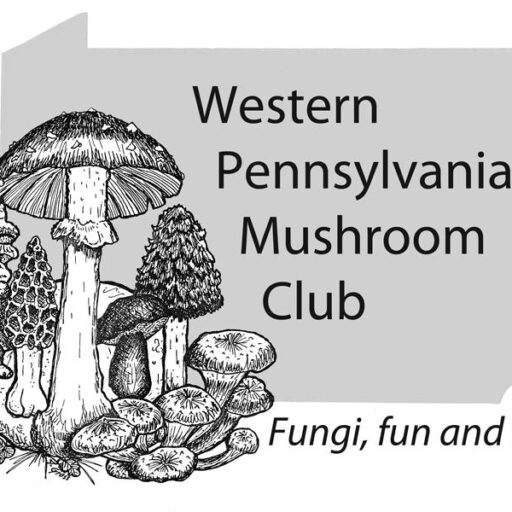
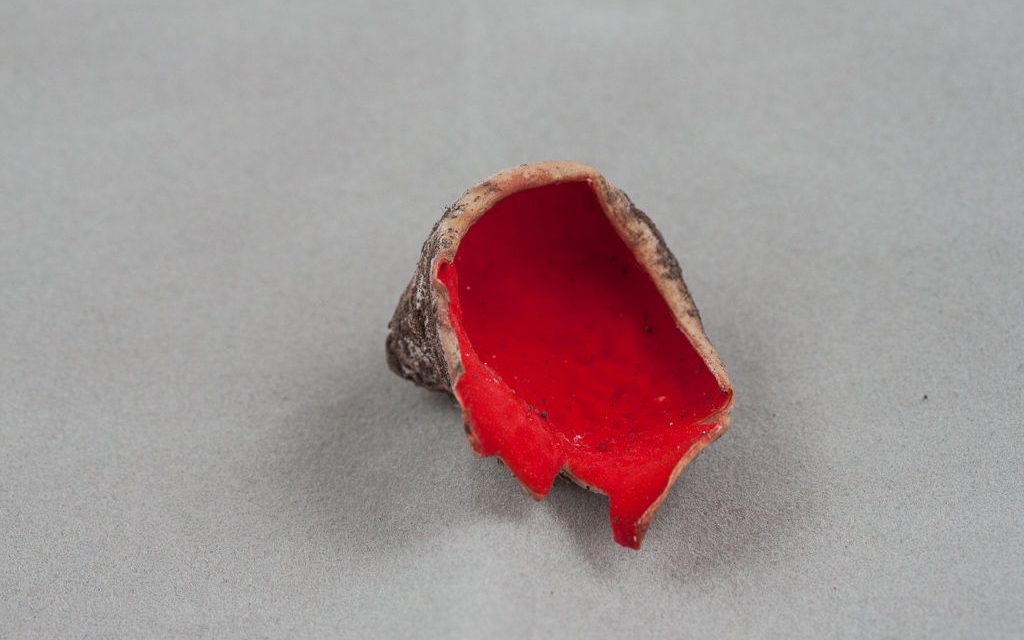










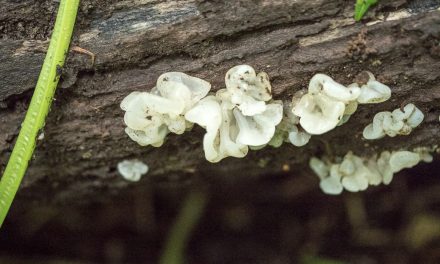
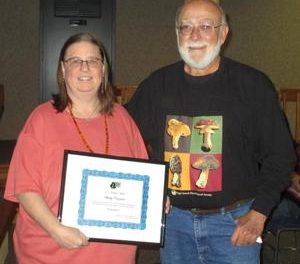
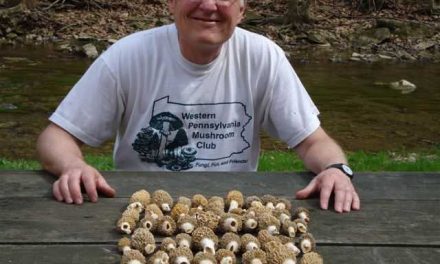
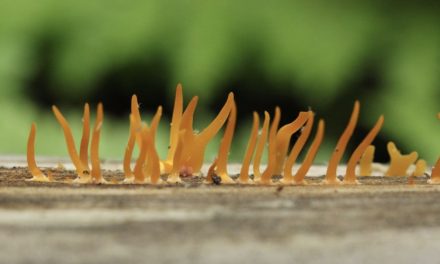

Recent Comments